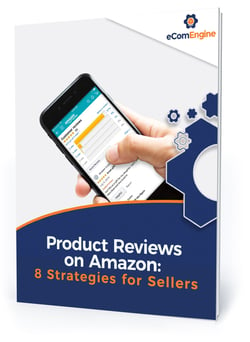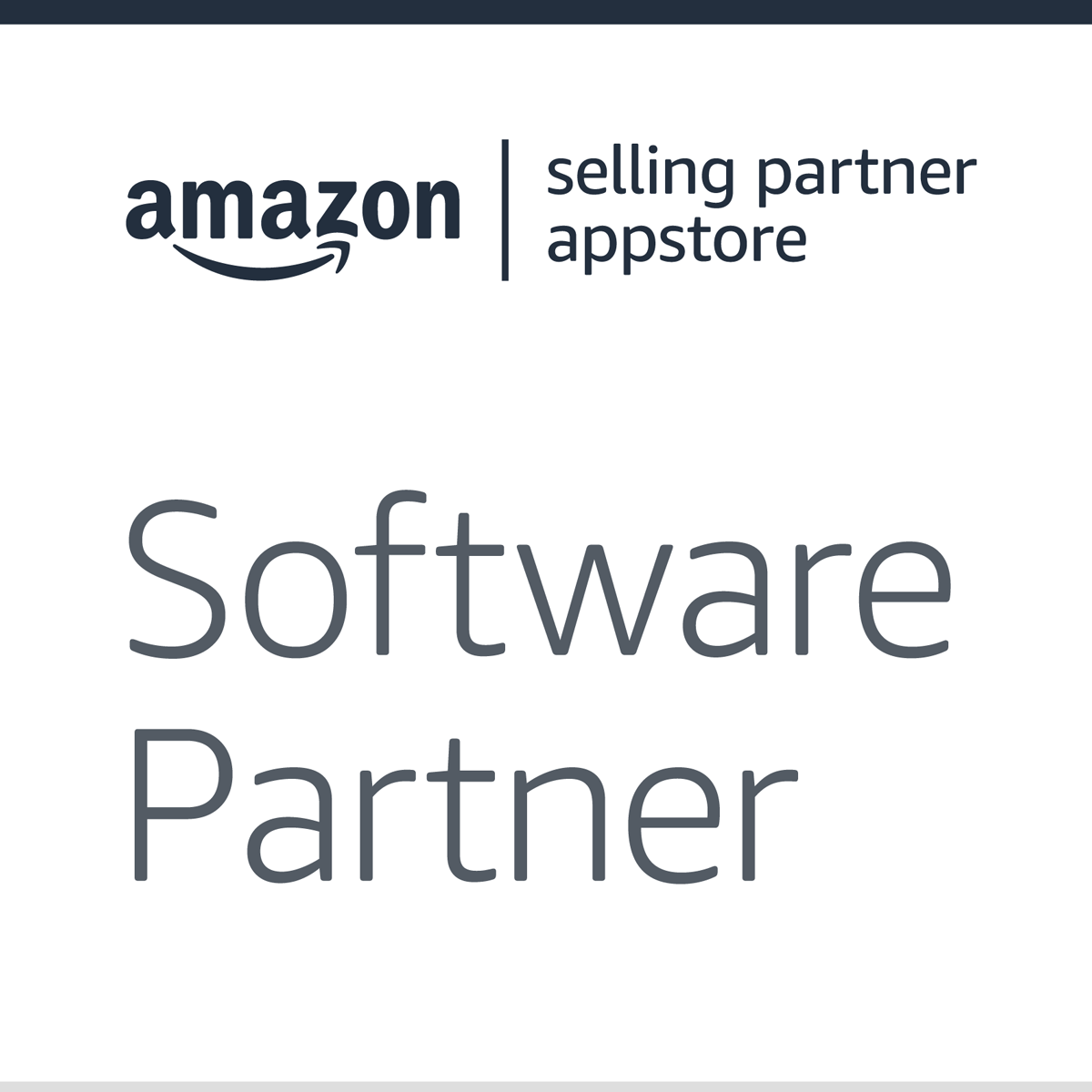Menu
Join Our Email List
- Receive our monthly newsletter.
- Stay up to date on Amazon policies.
- Get tips to grow your business.
Download this guide for eight strategies to get more customer reviews on Amazon.
We respect your privacy and your information will only be used as explained in our privacy policy. You may unsubscribe at any time.

Product reviews are crucial to your success on the Amazon marketplace. Why? They impact your visibility on Amazon, they affect your ability to advertise, and they provide social proof. The bottom line is that the more reviews you have, and the more recent they are, the better. But how do you get reviews?
Getting Amazon reviews can be tough, no matter where you are in your product journey. It can be hard to decipher what you actually need to know to ask for reviews the right way.
In this guide, we share some of the main challenges sellers are facing, such as:
Get expert strategies for improving your Amazon product review generation process in this free download.
There are very specific rules sellers need to follow in order to obtain customer reviews on Amazon. There are a lot of black hat tactics that are risky and may work in the short term but will only lead to suspension.
Amazon’s guidelines can be confusing and frequently change, but it is extremely important that sellers follow the rules. To keep your account in good standing, you should only use Amazon compliant strategies to get reviews.
We've provided a helpful overview of what you need to know about eight popular methods to get reviews, including Amazon programs such as Vine for third-party sellers. We've also included links to the Amazon policy pages you should be familiar with before requesting reviews.
There are many ways to generate product reviews, and some strategies are better than others. Much of what works best depends on what your business goals are and where you are in the product lifecycle. This guide summarizes the pros and cons of eight different ways to get verified product reviews on Amazon. The best part is, you can start implementing most of these ideas in your business today.
To learn more about which Amazon product review generation strategies are right for you, fill out the form on this page to get your free guide. Get started now to start seeing results!
14321 Winter Breeze Drive
Suite 121 Midlothian, VA 23113
Call us: 800-757-6840





Copyright© 2007-2025 eComEngine, LLC. All Rights Reserved. eComEngine®, FeedbackFive®, RestockPro®, and SellerPulse® are trademarks or registered trademarks of eComEngine, LLC. Amazon's trademark is used under license from Amazon.com, Inc. or its affiliates.